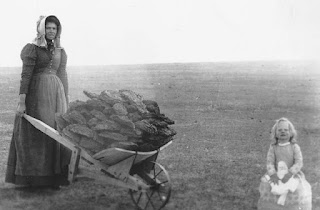Deer vs. Car
By Tyler Pendleton
As winter sets in, many great things come with it. The holiday season, hot cocoa by the fire, and bonding with family. The cold season brings many good things, but it also brings the bad. Part of that bad is the great rise in cars hitting deers. The furry creatures are much more active in the colder season, greatly increasing the amount of accidents caused by deer. Driving in dawn and dusk are major risks, as this is the main time of activity by the animals. With the cover of darkness, they are harder to spot. They use this to move from place to place safely, but it also makes it harder for drivers to see a buck or doe on the side of a road. Even if one deer is spotted, it is important to let it leave completely and check for any other companions. Using high beams makes it easier to scare off or find deer, but is not an option when there are cars coming the opposite way. Deer whistles are also not proved to be effective. The attachable whistles have not shown any decrease in chance of deer collision. Preventing a collision is extremely important, but being cautious doesn't always work. Knowing what to do after an accident is just as needed as trying to never let it happen. After a collision, never approach or chase the deer. Call local law services or animal control. Tell them the location and the situation. If the deer is on the road still, pull over and stay in your car until help arrives. Do not go anywhere near the animal, as it can injure you in a panic if it is scared. Trying to avoid these accidents is the foremost important thing to do, but always be sure to have a reliable auto body and insurance to cover any damages in a collision.




Comments